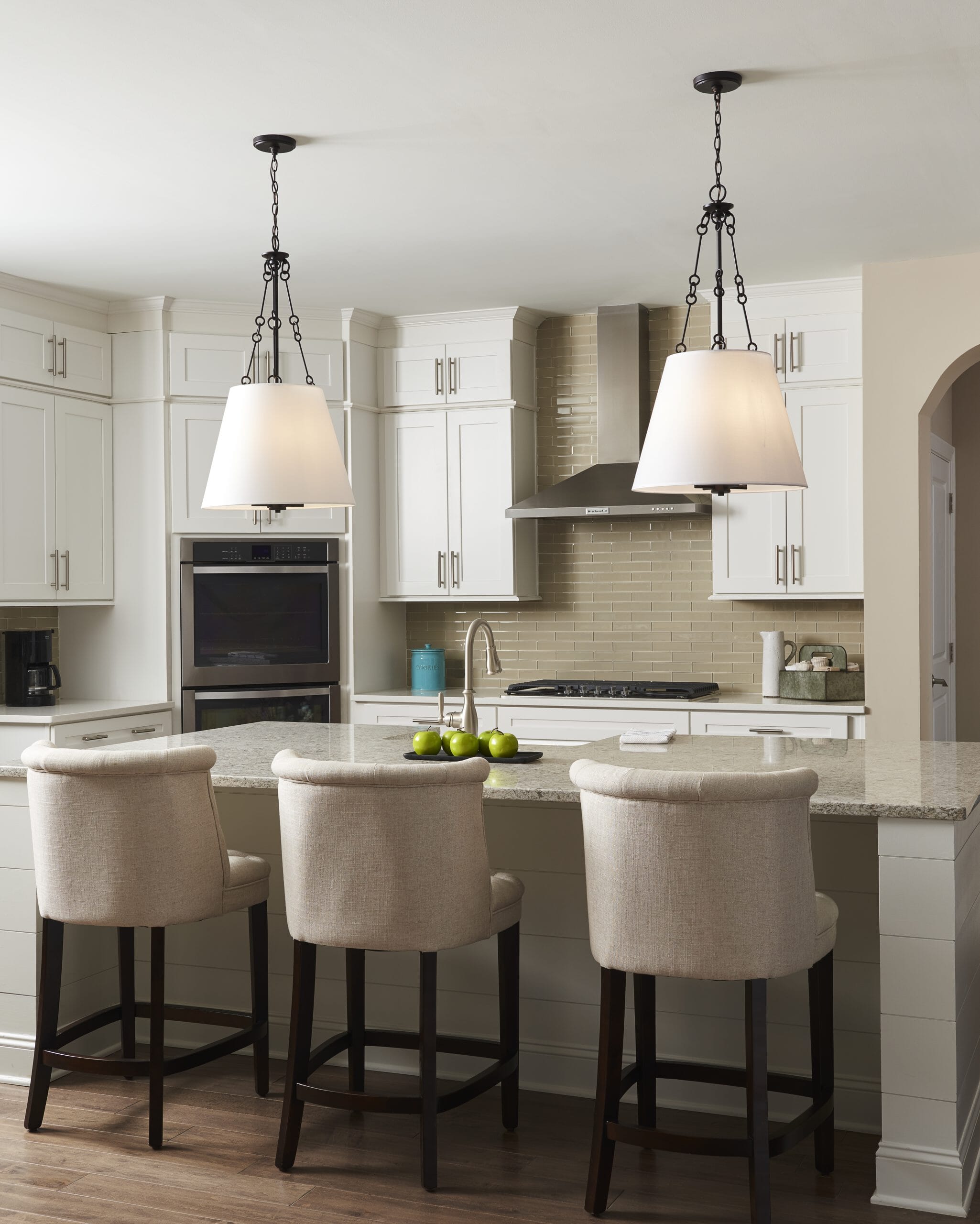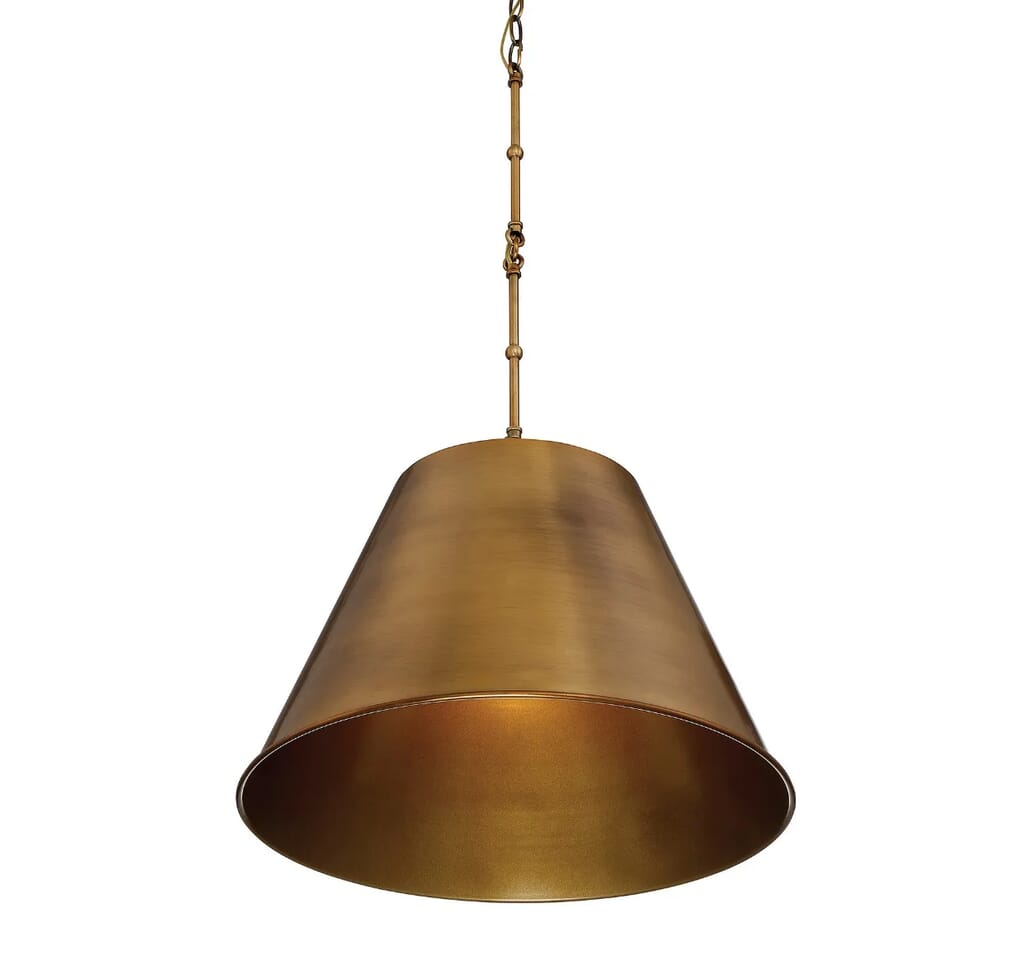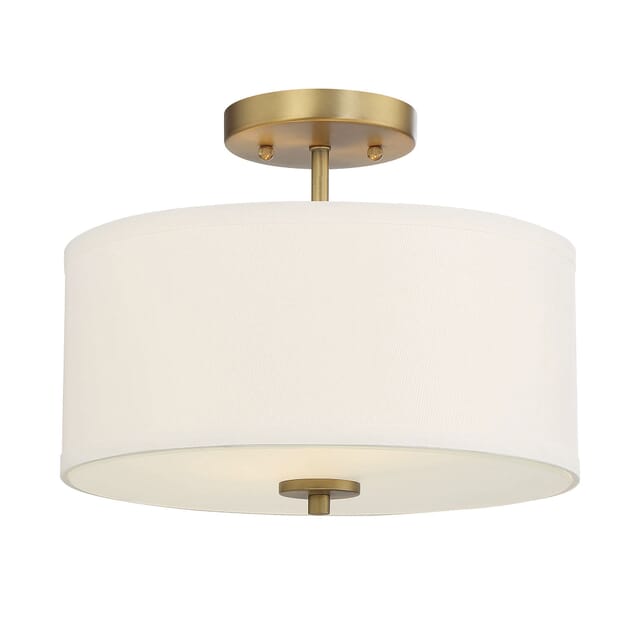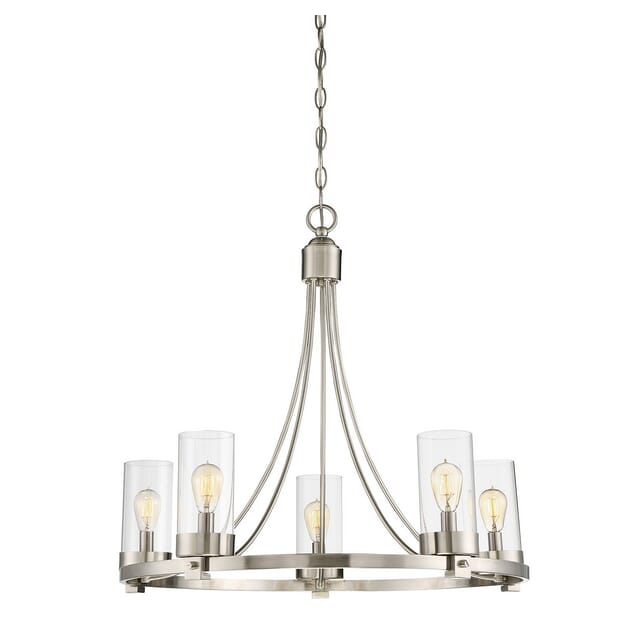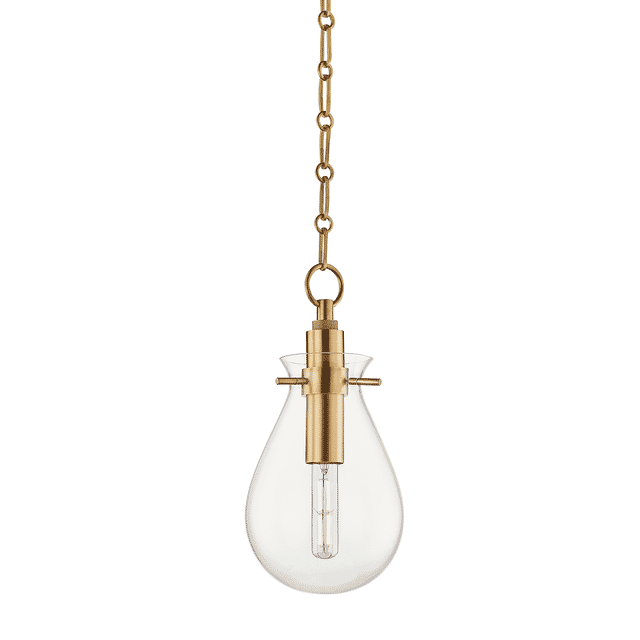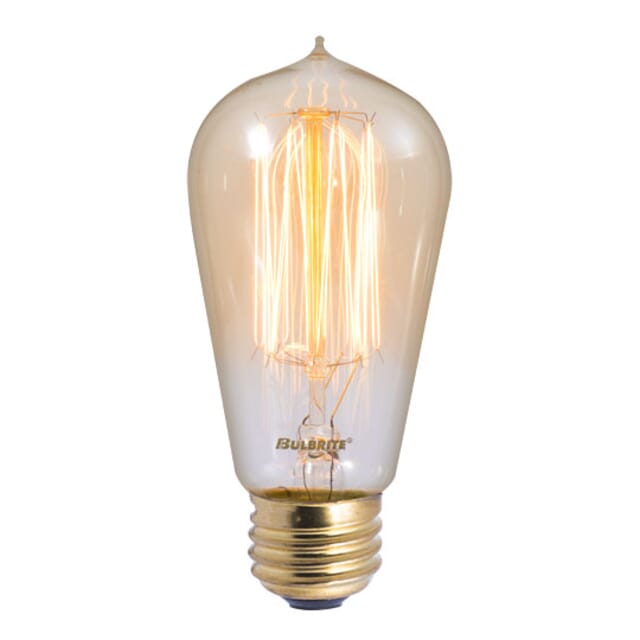The lighting fixtures in your home help you create spaces that are comfortable, elegant and inviting. To use your lighting to its full potential, you should know the impact made by each component of a light fixture. You’ll be able to select the best lighting for your home and surprise your family and friends with your newfound knowledge.
Here are the five parts of a lighting fixture that you need to know.
1. Shade
The shade is usually the first thing you notice about a lighting fixture. Shades help diffuse the light and softly disperse it throughout the room. Shades can be clear, opaque or translucent.
When browsing chandeliers for sale, the shade itself might be the most important aspect for you because shade styles can help you determine where to place a particular chandelier in your home. (For example, in a space where you want very focused and directed light, you may want an opaque shade like on the Savoy House Alden pictured here.)
2. Canopy
The canopy may not be the very first part of a lighting fixture that you notice, but it’s certainly capable of grabbing your attention. It’s the part of the fixture mounted to the wall or ceiling that covers the electrical box.
The canopy can be very decorative and ornate or simple and unassuming, depending on the fixture, and may play an essential part in determining what fixture to feature in your home. Ceiling canopies come in different sizes, so make sure to read the specifications on a light you’re interested in to make sure the canopy is big enough to fully cover your junction box holes.
You can see the canopy at the top of the Trade Winds Cassie shown above.
3. Chain or Rod
A chain or rod connects the canopy of your lighting fixture to the socket and fitter. Sometimes, sleek cords are used instead, especially in the case of contemporary lights. You can adjust the hanging height of a light by using differing heights of chain and cord or by using different amounts of downrods. If you need to swag your light fixture due to space constraints, you need to look for a fixture that uses chain.
You can see the chain of the Trade Winds Ashland chandelier above.
4. Socket
The socket is the part of the fixture where the bulb is installed. It’s often referred to when a person needs to change a lightbulb, so it’s a fairly common term.
The socket size indicates what type of base you need for the bulb in your lighting fixture. Standard and candelabra are the two most common bulb sizes.
In the Hudson Valley Ivy pendant shown above, the socket is visible and creates a style impact.
5. Bulb
You may think that a light bulb is just a light bulb, but there are different types of bulbs with different opacities, wattages, lumens and functionalities. The bulb is essential to the process of selecting living room, bedroom and dining room chandeliers, as it determines how the room is lit and can have an impact on the type of chandelier you purchase.
Whether you’re choosing Minka Aire fans, dining room chandeliers or pendant lights, knowledge of these five components can help you to make an educated decision about which lighting fixtures belong in your home and understand how each component enhances your lighting experience.
About LightsOnline
LightsOnline offers high-quality lighting fixtures to help light the home you love. This family-owned business brings 50 years of lighting experience as a manufacturer, retailer and online seller. You can enhance the atmosphere of your home and create a comfortable space with trusted products from LightsOnline. Their unique insight can provide you with the tools you need to identify a lighting fit and style for a functional and attractive space. To design your home with elegance and style, browse the LightsOnline selection of lighting fixtures and dining room chandeliers from Minka Aire, The Great Outdoors, Savoy House and the exclusive Trade Winds collection.
Discover lighting fixtures to illuminate your home at www.lightsonline.com

